the World Famous Artist:
I hope you will continue to find my posts interesting.
I know this will be disappointing to my throng of social media followers! But please, get a Grip!!
If you really need more than a monthly dose of ART TALK…Go and check out the Gurney Journey Art Blog.
Even though there is not very much there on murals per-se’
Mr. Gurney posts daily on (most) everything Art.
I guarantee you will not be disappointed!”
Peace and Love -Roberto Quintana, WFA
Roberto is spending more and more time in his studio these days, working on all those silly little easel paintings.
Still, feel free to leave a friendly comment.
Dialogue and praise is encouraged.
Creativity, passion and wonder
should continue to be expected.
‘Bookmark’ this Website/Blog and check back
every now and then,
and don't be shy about sharing your responses.
Politics and personal grievances should be kept to emails.
And please… no Whining!
...and no sales pitches either!
(you can make your own damn blog for that!).
Oh Yes, and... Don’t be too persnickety over my whimsical spelling and creative punctuations either,
my 'Editorial Department' is still not what it used to be…
We are still seriously understaffed these days.
For some time now ‘Research and Development’ here at
Art and Soul Productions have been enjoying showing off all the great work out there we keep finding.
‘Sales’ is still totally against the whole idea!
(“We still fail to see any significant improvement
to the bottom-line!").
‘Marketing’ remains split ("We still need more data").
‘HR’ says it has turned out to be a good way of keeping (what’s left) of ‘The Crew' distracted.
'The Crew' says: ’'We've still got very little else going on…
but will we still get to share more stuff about technique, materials, and equipment?”
'Legal' continues to protest!
(You MUST put a stop to this!!
We strongly advise you to cease and desist from continuing to reveal where you steal all of your great ideas from!)
Although Roberto really does value their legal advice,
he continues to not be moved by their hysterics.
Enjoy!
Parrots and Roses Mural
-at-
‘Community Kitchen’
CAFE, BAKERY & FULL ESPRESSO BAR
(Now Closed!)
1399 East Washington
Pasadena 91104

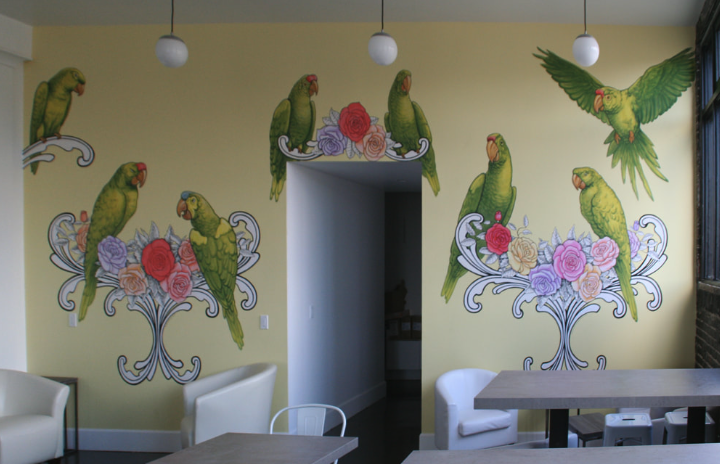

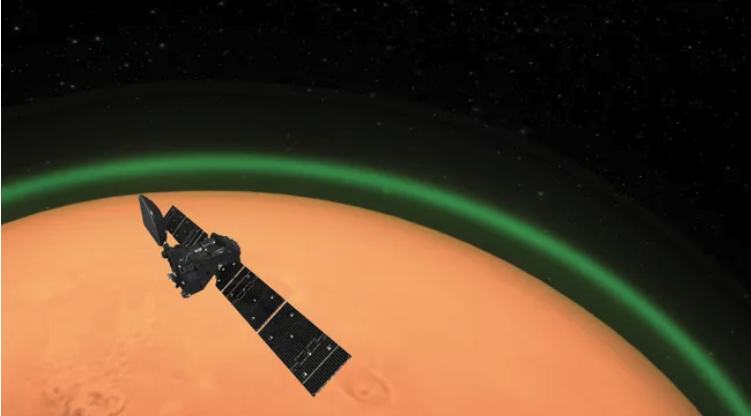

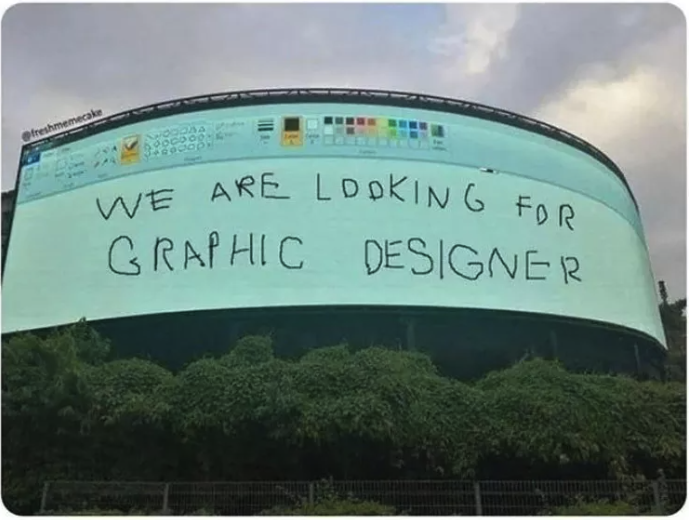



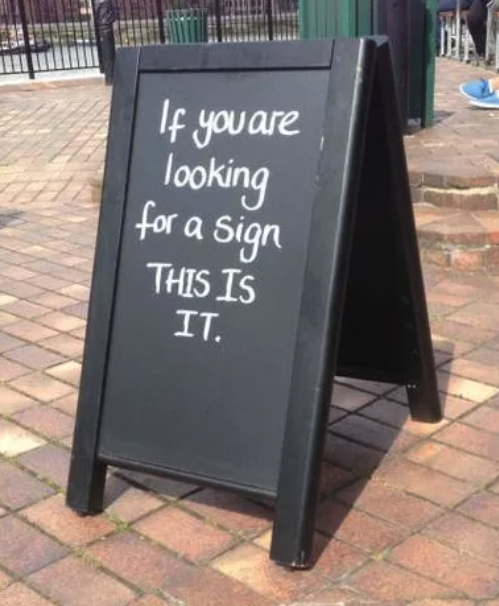
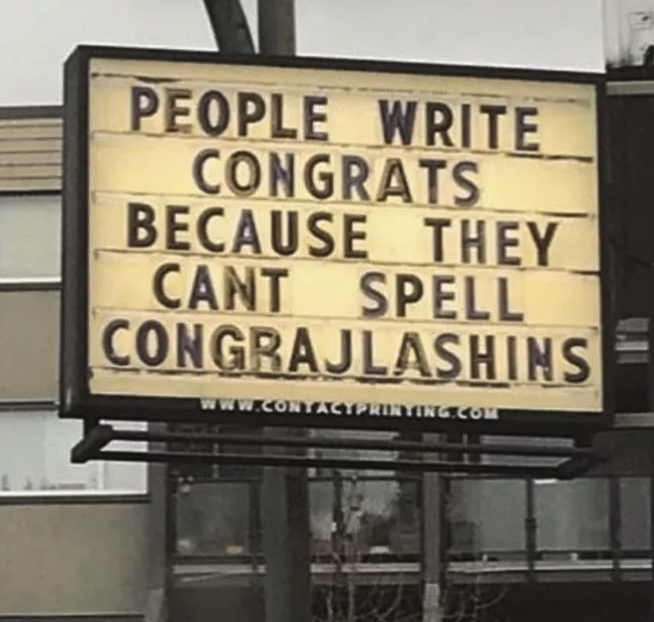
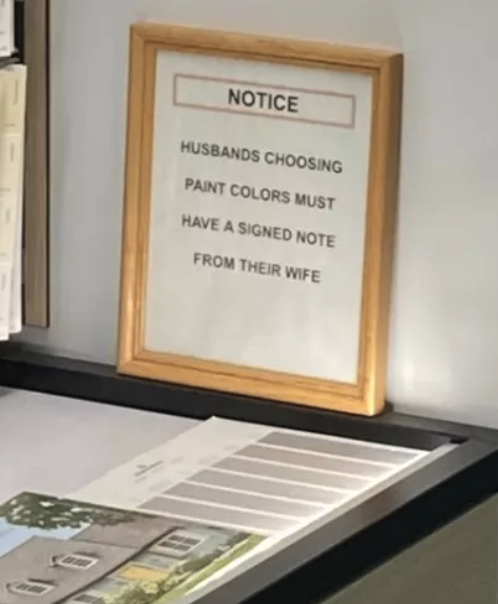
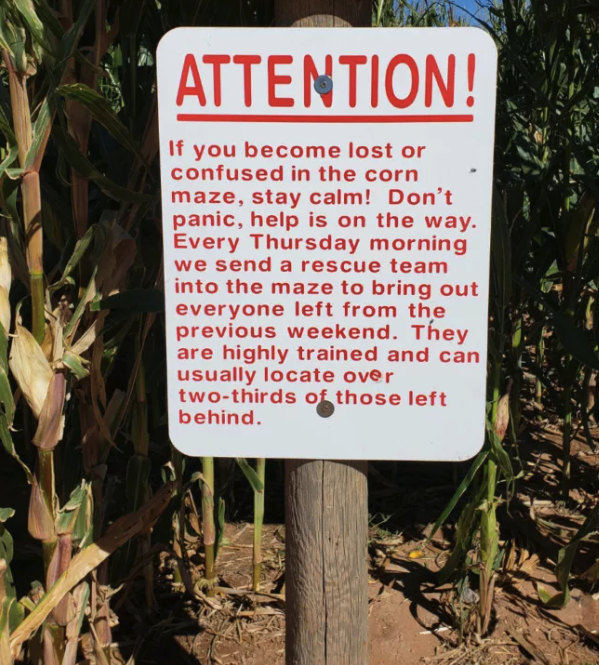
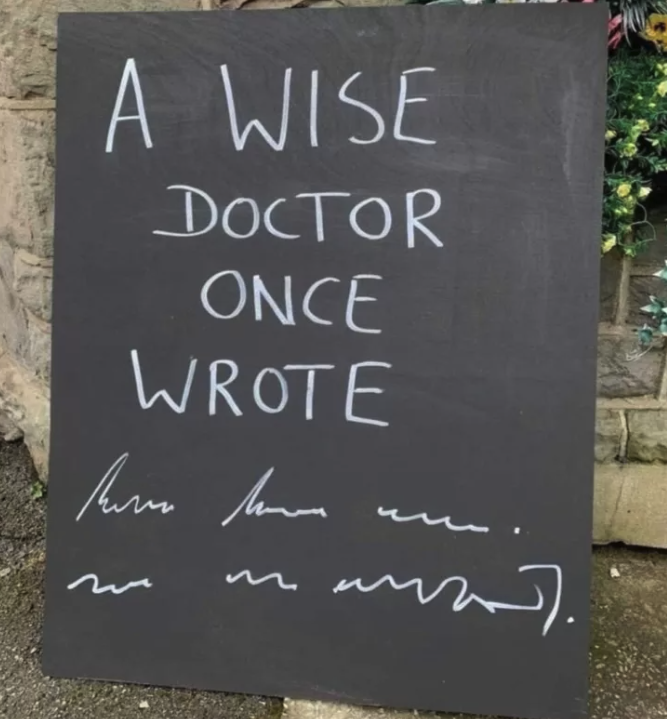

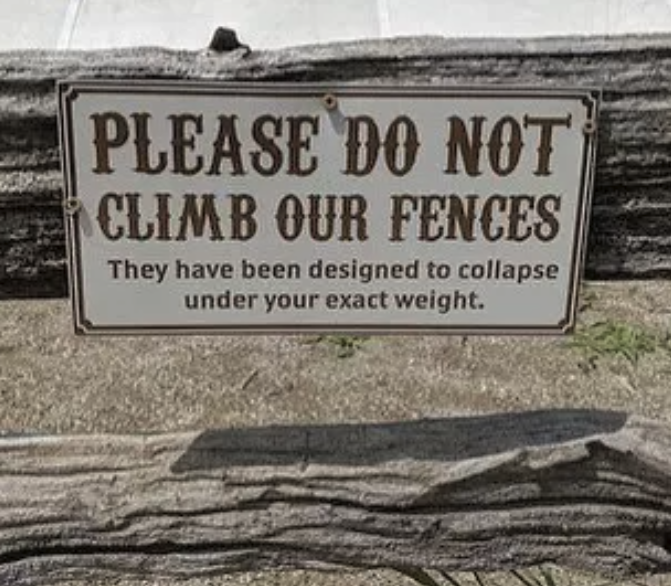
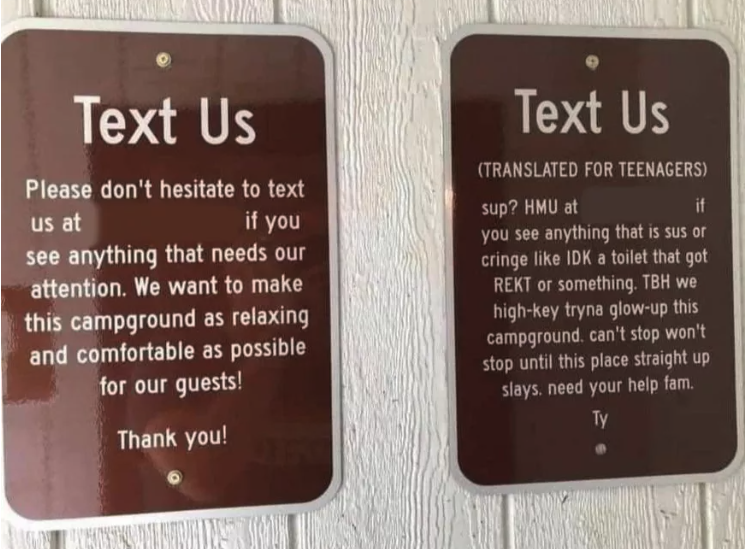

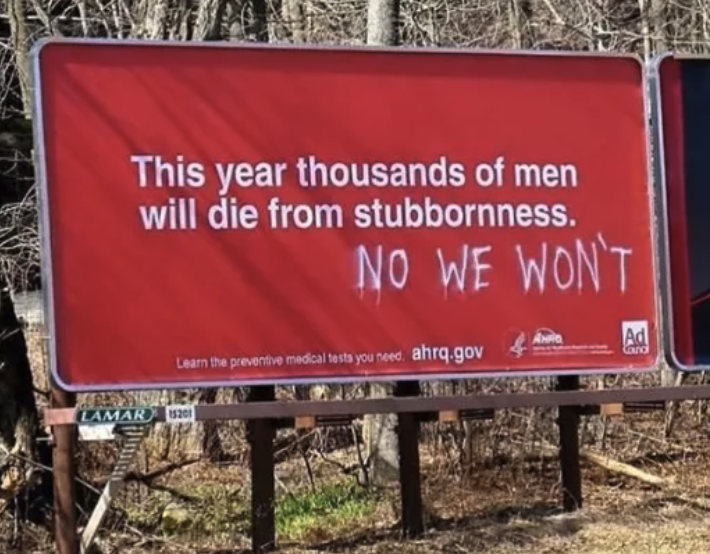
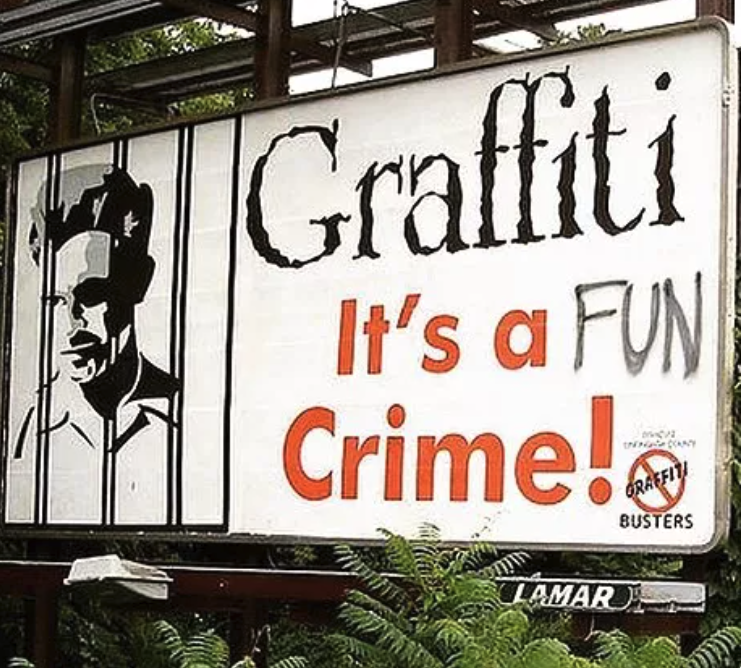
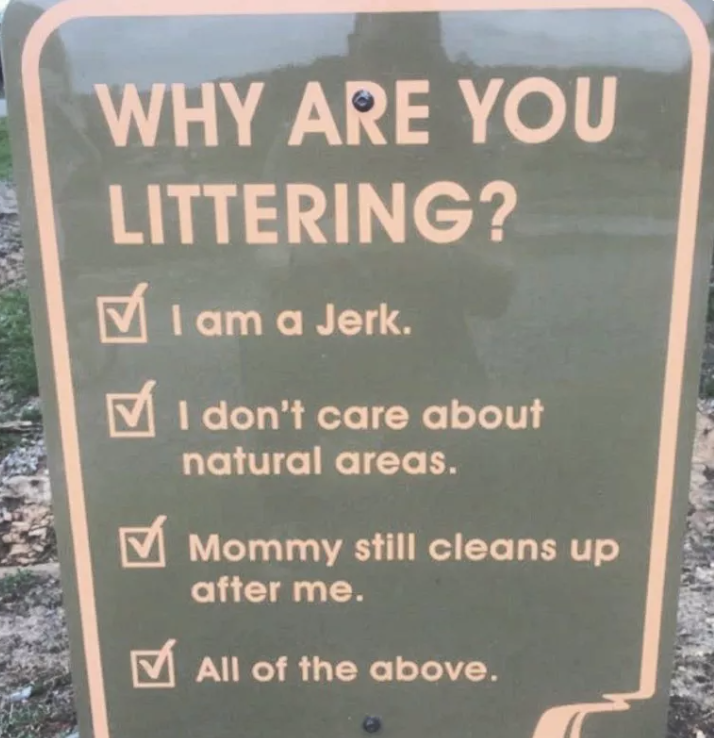
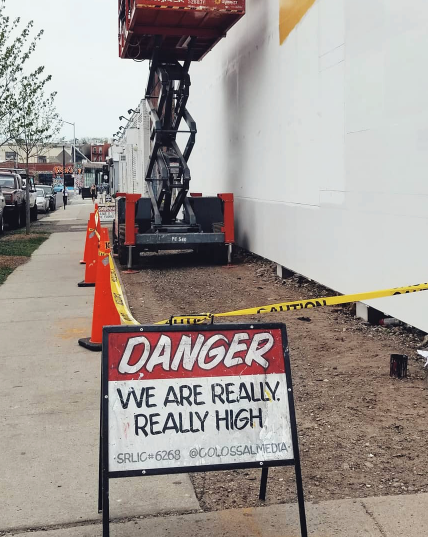

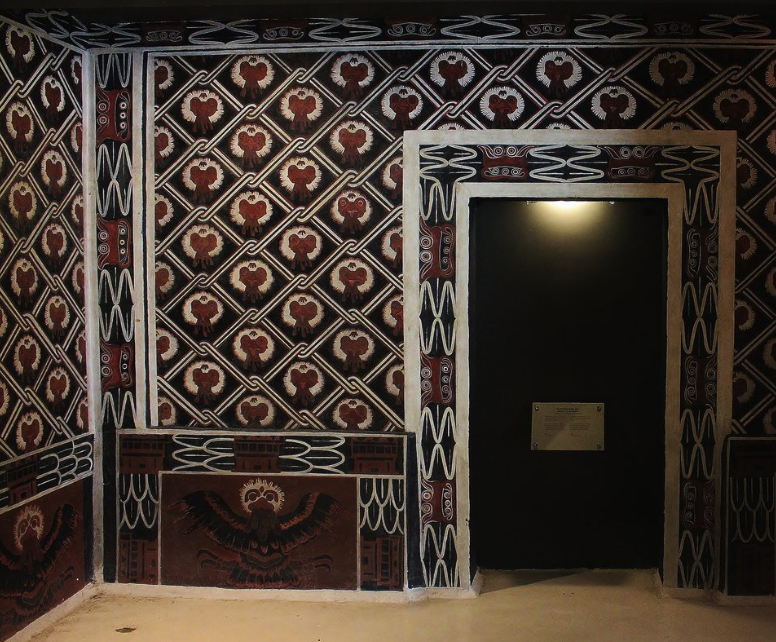
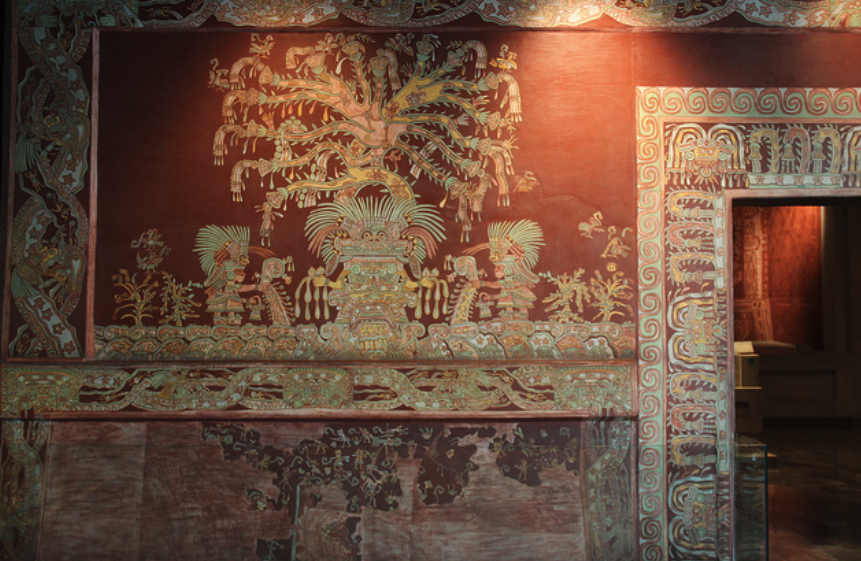
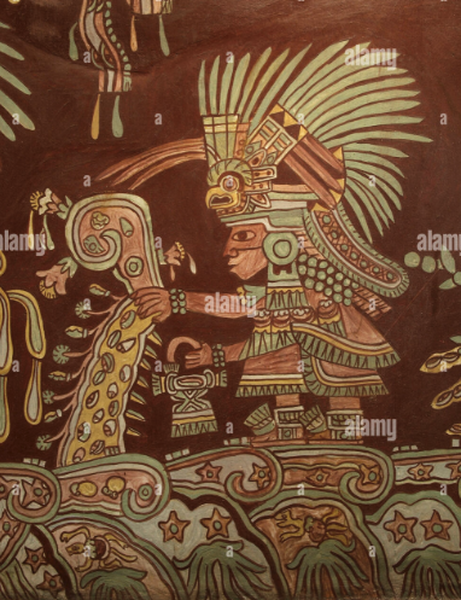
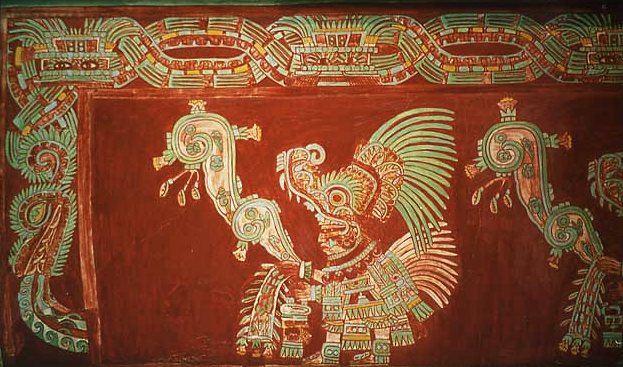
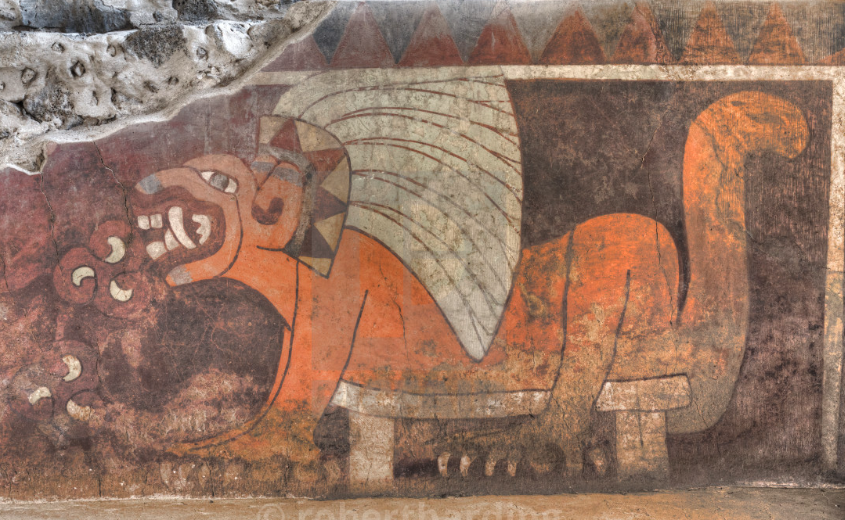
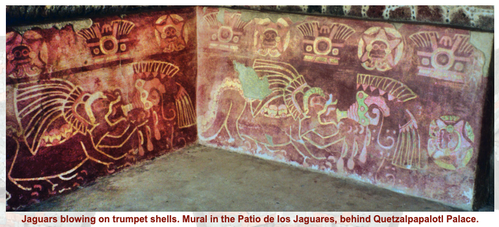
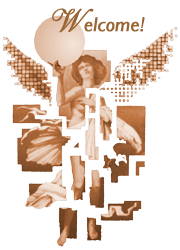
 RSS Feed
RSS Feed